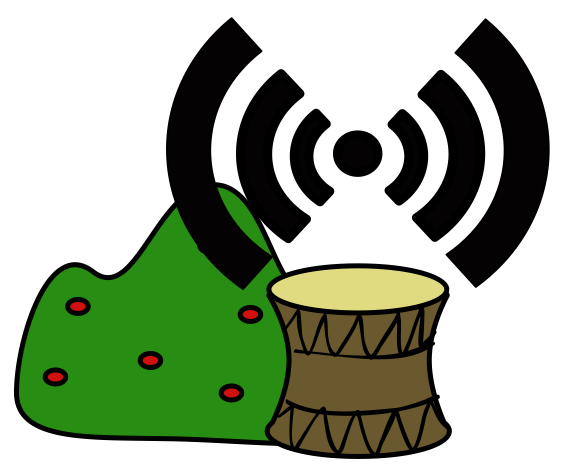Architecture
All components of the funky Buschfunk Project orchestra are briefly described in the following.
Drumsticks - Apps
Apps can be easily written an deployed as Progressive Web Applications (PWA) using our core libraries as Web Assembly modules or deployed as native code directly on devices.
Tomborine - LoRa Companion Device
These small devices can be used stand alone to receive data such as text messages but can also be paired with a smartphone, tablet or laptop using Bluetooth Low Energy (BLE) to increase communication range. The hardware is based on TTGOs ESP32 LoRa boards that are also available with a 0.96” OLED display and cost less than $25.
Bongo - LoRa Repeater Throwbox
These repeaters are designed to directly forward incoming bundles to increase communication range. Not having caching capabilities but very low power requirements, these devices are very affordable ($<$$30) and can easily be used to extend networks ad-hoc. TTGOs T-Beam LoRa+GPS boards with their included LiPo battery socket provide the platform for this.
Conga - DTN Processing and Relay Node
In contrast to the previously described node type, this one is a full-blown router based an a general-purpose single board computer (SBC). These can use more sophisticated DTN routing algorithms, store bundles locally, provide WiFi access and synchronize with Internet backend servers. Any Raspberry Pi based computer in combination with a LoRa transceiver and GPS module can be used here, resulting in a unit price of about $100.
Bass - Backend DTN Server & Command Interface
Internet servers with large processing and storage capacities can be used to gather DTN bundles and distribute them further to nodes that only have sporadic Internet access. Also analysis of incoming data such as messages or sensor readings can be processed and visualized here. As the whole communication system is designed as a decentralized one, this data processing can happen anywhere in the network.
